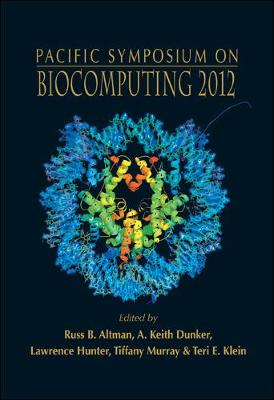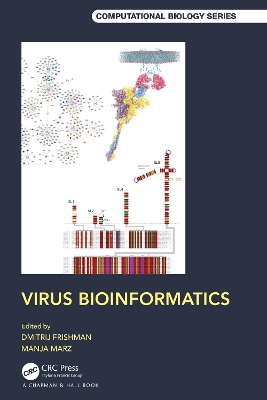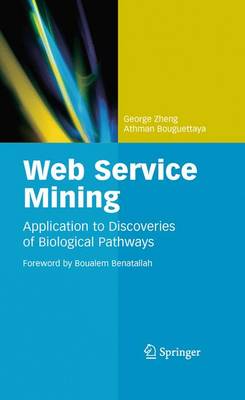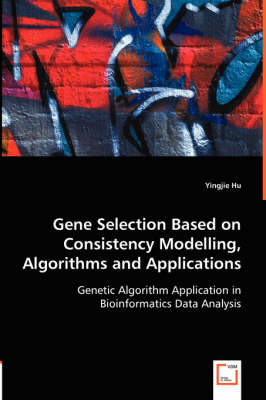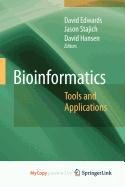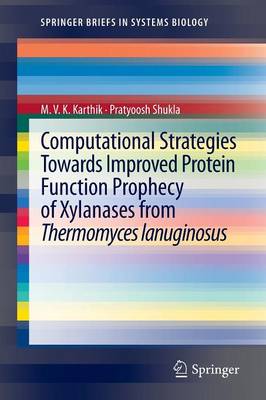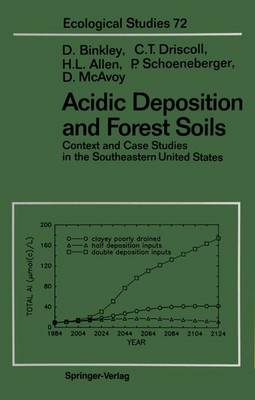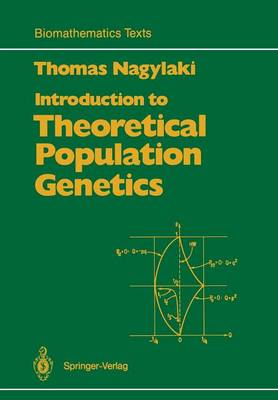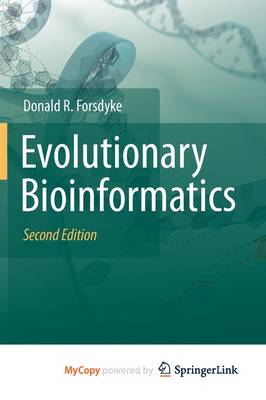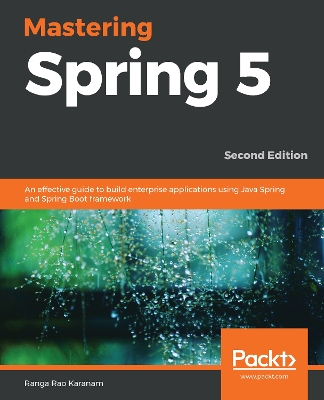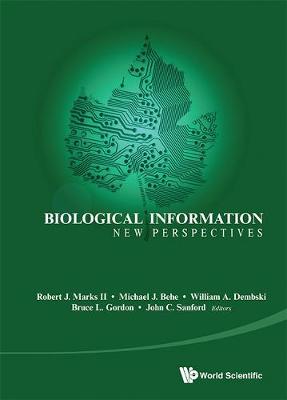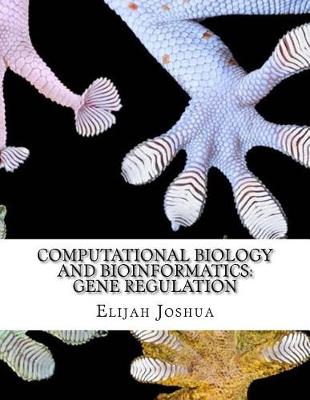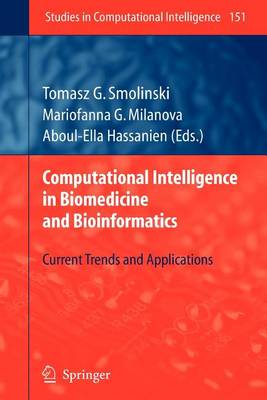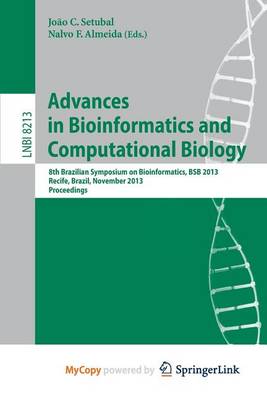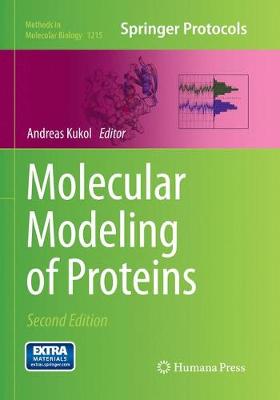Biocomputing 2012 - Proceedings Of The Pacific Symposium
The Pacific Symposium on Biocomputing (PSB) 2012 is an international, multidisciplinary conference for the presentation and discussion of current research in the theory and application of computational methods in the problems of biological significance. Presentations are rigorously peer-reviewed and are published in an archival proceedings volume. PSB 2012 will be held on January 3 - 7, 2012 in Kohala Coast, Hawaii. Tutorials and workshops will be offered prior to the start of the conference.PSB...
Virus Bioinformatics (Chapman & Hall/CRC Computational Biology)
Viruses are the most numerous and deadliest biological entities on the planet, infecting all types of living organisms—from bacteria to human beings. The constantly expanding repertoire of experimental approaches available to study viruses includes both low-throughput techniques, such as imaging and 3D structure determination, and modern OMICS technologies, such as genome sequencing, ribosomal profiling, and RNA structure probing. Bioinformatics of viruses faces significant challenges due to the...
The new computing environment enabled by advances in service oriented arc- tectures, mashups, and cloud computing will consist of service spaces comprising data, applications, infrastructure resources distributed over the Web. This envir- ment embraces a holistic paradigm in which users, services, and resources establish on-demand interactions, possibly in real-time, to realise useful experiences. Such interactions obtain relevant services that are targeted to the time and place of the user requ...
Statistical and Geometrical Approaches to Visual Motion Analysis (Lecture Notes in Computer Science, #5604)
Motion analysis is central to both human and machine vision. It involves the interpretation of image data over time and is crucial for a range of motion tasks suchasobstacledetection,depthestimation,videoanalysis,sceneinterpretation, videocompressionandotherapplications. Motionanalysisis unsolvedbecauseit requires modeling of the complicated relationships between the observed image data and the motion of objects and motion patterns (e. g. , falling rain) in the visual scene. The Dagstuhl Seminar...
Bioinformatics is a relatively new field of research. It evolved from the requirement to process, characterize, and apply the information being produced by DNA sequencing technology. The production of DNA sequence data continues to grow exponentially. At the same time, improved bioinformatics such as faster DNA sequence search methods have been combined with increasingly powerful computer systems to process this information. Methods are being developed for the ever more detailed quantification o...
Java for Bioinformatics and Biomedical Applications
by Harshawardhan Bal and Johnny Hujol
This Brief reports on the interplay of an amino-acid mutation towards substrate which could lead to enhanced effects on mutant. These effects need to be given consideration in the engineering processes of protein stability and further exploration of such learning are required to provide novel indication for selection of an enzymes. There are very few reports showing such stable, energy efficient model towards improved protein function prediction screening in-silico structure b...
Introduction to Theoretical Population Genetics (Biomathematics, #21)
by Thomas Nagylaki
This book covers those areas of theoretical population genetics that can be investigated rigorously by elementary mathematical methods. I have tried to formulate the various models fairly generally and to state the biological as sumptions quite explicitly. I hope the choice and treatment of topics will en able the reader to understand and evaluate detailed analyses of many specific models and applications in the literature. Models in population genetics are highly idealized, often even over i...
Data Mining and Applications in Genomics (Lecture Notes in Electrical Engineering, #25)
by Sio-Iong Ao
This volume covers practical important topics in the analysis of protein sequences and structures. It includes comparing amino acid sequences to structures comparing structures to each other, searching information on entire protein families as well as searching with single sequences, how to use the Internet and how to set up and use the SRS molecular biology database management system. Finally, there are chapters on multiple sequence alignment and protein secondary structure prediction. This boo...
Build scalable and flexible Rest APIs and microservices using the latest versions of Spring and Spring BootKey FeaturesBuild Java-based enterprise applications using Spring 5.1 and Spring Boot 2.1Create high performing, reusable, and scalable enterprise Java applications that are easy to testGain powerful insights into advanced Spring and Spring Boot concepts to develop applications effectivelyBook DescriptionSpring 5.1 is the latest release of the widely used Spring Framework. This book takes y...
Biological Information: New Perspectives - Proceedings Of The Symposium
In the spring of 2011, a diverse group of scientists gathered at Cornell University to discuss their research into the nature and origin of biological information. This symposium brought together experts in information theory, computer science, numerical simulation, thermodynamics, evolutionary theory, whole organism biology, developmental biology, molecular biology, genetics, physics, biophysics, mathematics, and linguistics. This volume presents new research by those invited to speak at the co...
This book constitutes the refereed proceedings of the 8th Brazilian Symposium on Bioinformatics, BSB 2013, held in Recife, Brazil, in November 2013. The 18 regular papers presented were carefully reviewed and selected for inclusion in this book. The papers cover all aspects of bioinformatics and computational biology.
Serum/Plasma Proteomics (Methods in Molecular Biology, #1619)
Over the past decade, there has been an increase in powerful proteomics technologies that allow greater fundamental insights into the blood proteome. Further developments in informatic analyses, software developments, and computational tools are providing insights into large data sets, open-source data along with large-scale application of bioinformatics. Serum/Plasma Proteomics: Methods and Protocols, Second Edition is a comprehensive resource of protocols for areas, pre-analytical through to a...
Molecular Modeling of Proteins (Methods in Molecular Biology, #443)
Molecular Modeling of Proteins, Second Edition provides a theoretical background of various methods available and enables non-specialists to apply methods to their problems by including updated chapters and new material not covered in the first edition. This detailed volume opens by featuring classical and advanced simulation methods as well as methods to set-up complex systems such as lipid membranes and membrane proteins and continues with chapters devoted to the simulation and analysis of con...
